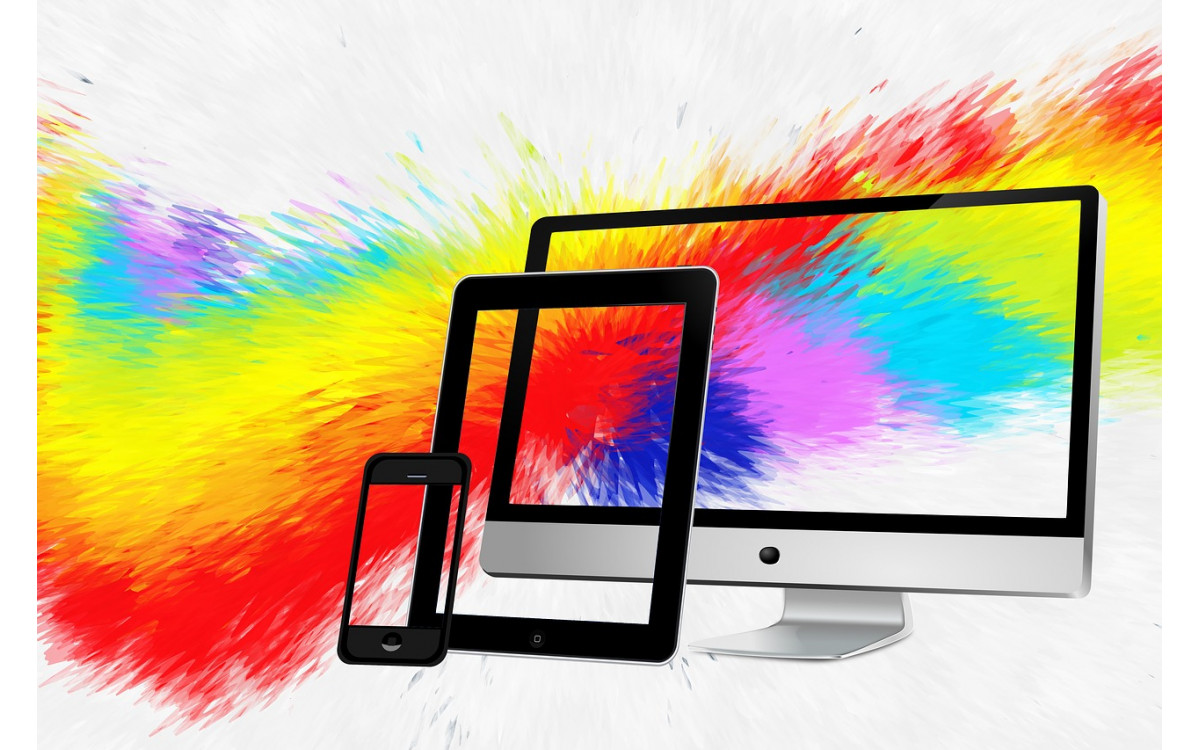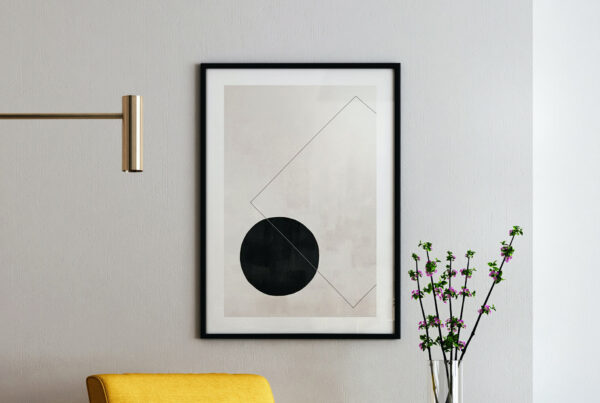Monitors
Why are the colors of your prints sometimes different from what you see on your display? Many times, they are too dark or the color is not the exact same shade. There are many variables that can cause this. One possible cause and probably the most common is your monitor. Most consumer end monitors available today, are designed more for gaming, browsing, and video playback, rather than for the Creative professional looking to process images.
If you plan to work in photography, then you need a monitor that is designed for that purpose.
There are a variety of monitors to choose from depending upon your budget and needs, a few to consider are the following;
ASUS PA249Q – a good budget level monitor for photo editing. Supports 10-bit colors and covers 99% of the Adobe RGB Gamut range.
ASUS MG279Q – a more expensive 144hz gaming monitor that also provides an 8-bit color display.
ASUS PB278Q – supports 8-bit color range with color accuracy at a 60hz refresh rate.
These are just a few of the monitors that will provide good image quality but won’t necessarily break the bank. Other Brands include LG, Ben-Q, Samsung, and NEC.
Different types of Monitor Displays and Color Gamut
Good quality monitors like those mentioned earlier will allow you to properly calibrate and profile the color settings to give you a better preview of what your print will look like. Consumer grade monitors simply lack the capability and color range needed to produce accurate color views of your images.
The most commonly available monitors use a Twisted Nematic panel (TN) which are usually over bright and do not offer the color range needed for accurate image processing.
A more appropriate monitor would be one that uses an IPS panel or In-Plane Switching, although there are a variety of other names as well (e.g. super IPS, Enhanced IPS, PLS, etc.). These monitors come in 8-bit with support for 16.7 million colors or 10-bit with support for 1.07 billion colors.
Now we get into the all-Important Color Gamut. The color gamut of your monitor is the range of colors that it can support. Most monitors will support the sRGB color gamut.
The inherent problem with this, when doing photography is sRGB does not have the color range of the Adobe RGB gamut, and may not show all of the colors that your camera can show. What you will see though, is just an estimate or the closest color that the monitor can produce to mimic the original color, which a lot of times, is not satisfactory.
Therefore, it is a good idea to choose a monitor that supports wide gamut RGB for photography. That being said, now that you have your monitor it needs to be Calibrated and Profiled.
Calibrating and Profiling your Monitor
To be able to calibrate and profile your monitor properly, you must first understand what each one is.
Calibrating is when you set your monitor to a desired neutral output. This includes the white point, Luminance, and gamma. Once you have taken care of this, you are ready to measure the color and fix any imperfections with software. This is called Profiling.
Profiling requires the use of software and special tools to properly and accurately adjust the color output of your monitor display. A Colorimeter or Spectrophotometer, commonly known as a “puck” is used to measure the color sets of red, blue, green and gray that are generated by the profiling software.
The sets are measured by the puck as they are displayed. A profile is then created that will adjust the colors that are displayed originally by the monitor closer to the true color of the color sets.





